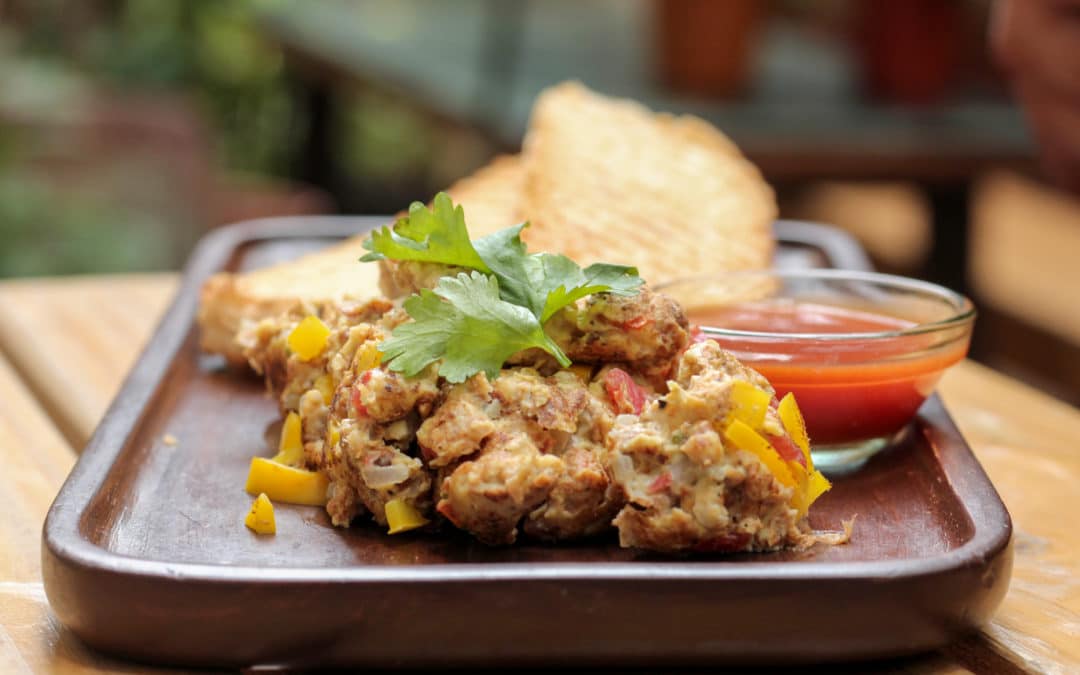Chef Prakarshi Pulkit was born in a small city in undivided Bihar, to a young and dedicated I.P.S. officer father and a very creative and extrovert mother. He was raised in various cities of West Bengal, Ladakh Valley for a couple of years and then in Chandigarh. Always accustomed to his father being away at work he was raised by his mother with aspirations of becoming a race jockey, or professional swimmer, or an archer, or a roller skater. It wasn’t until he finished tenth grade that he conceived the dream of becoming a professional chef. After working for six years with well known brands in the hotel industry, he left the comfortable chaos of a kitchen job to find deeper meaning. He wanted to use his work experience to create a significant social impact which led him to working as the Chief of Innovations at PlantMade.
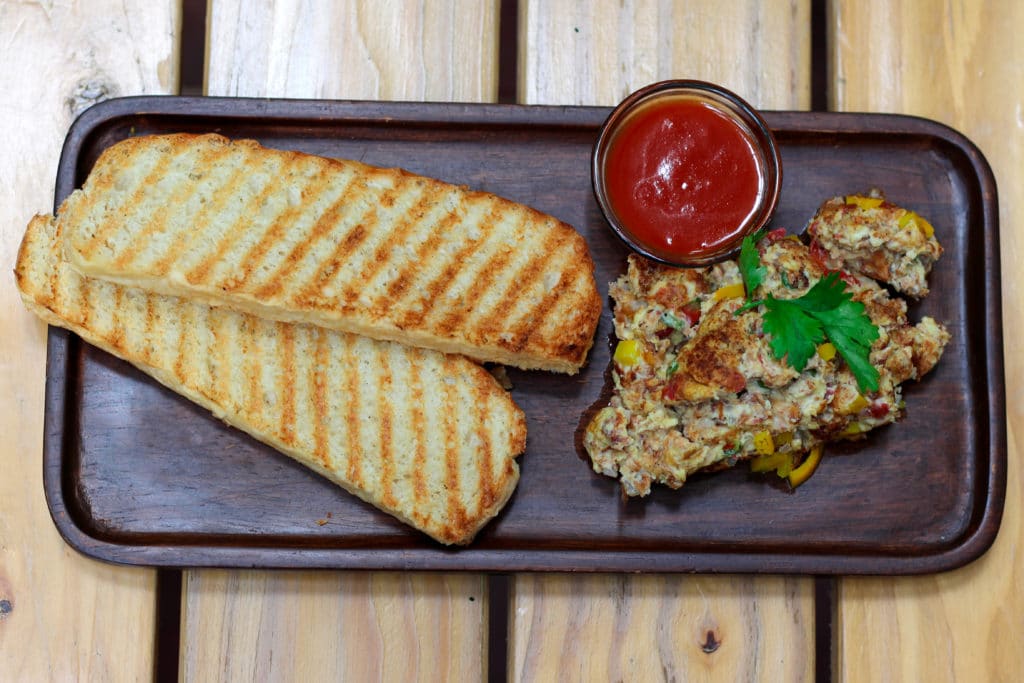
What are the limitations if any of a saatvik diet? Is India ready for saatvik cooking?
Traditionally a Saatvik Diet, as defined by the Ayurvedas restricts the use of heat inducing ingredients like animal meat, onion, garlic, chillies, etc. It is the simplest and healthiest diet possible; however in the modern context, it might be difficult to overcome one’s desires and completely adapt this lifestyle, so it makes more sense to try and incorporate minor changes to our existing diet to make it go in the direction of being saatvik overtime.
India has always propagated Saatvik Cooking since years; it is the food that is cooked in every household, low in sharp tastes, low in oil, vegetarian and seasonal. What we need to do is consciously embrace this form and bring this to the forefront of our cuisine.
What exactly is saatvik cooking? Please tell us in detail
Ayurveda defines cuisine and foods in 3 categories-
Saatvik -Fruits, Grains, Lentils, Green Vegetables, No meats, no onion, no garlic, low acidity, Unrefined, low salt, no refined sugar, low spice, made with love, sustainable, without wastage, seasonal, light, freshly prepared ;
Tamasic – May contain onion, garlic, some spice, mushrooms, milk, dairy products, sugar , vinegar , cheese,
Rajasic – Meat, eggs, fish, chillies, sour, fermented, fried food, preserved food, overpowering taste, salty, artificial.
Being mindful about your food, where it comes from and how to cook it empowers every one of us to make everyday meals, much healthier versions of themselves. If everyone ate properly, we would never need medicines.
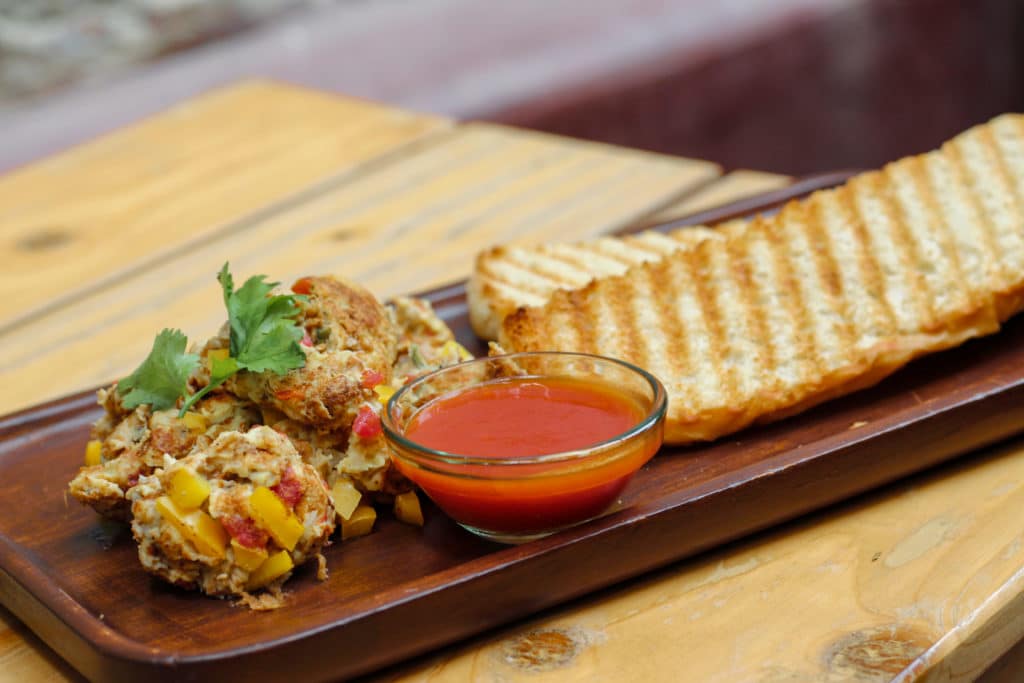
Have you ever worked with meat substitutes? If yes, what are the pro and cons.
Yes on many occasions.
Cons
- May have a bean-y/ soy/ vegetal after taste.
- Does not encapsulate and release fat as well as meat.
- Lacks in Glutamic Acid, that is required for the Umami sensation that one associates with the taste of meat.
Pros
- Works wonderfully as a protein filler in curries, wraps, sandwiches, fried rice, etc, where the other components of the dish make the plant-based protein, easily passable, as animal protein.
- Reduces cholesterol intake, chances of heart and obesity related diseases along with improved overall functioning and immunity of the body.
- The impact on the environment and animal welfare is tremendous. The chicken for one burger costs as much as 2000 liters of water. It’s about time we started taking the environmental cost into account.
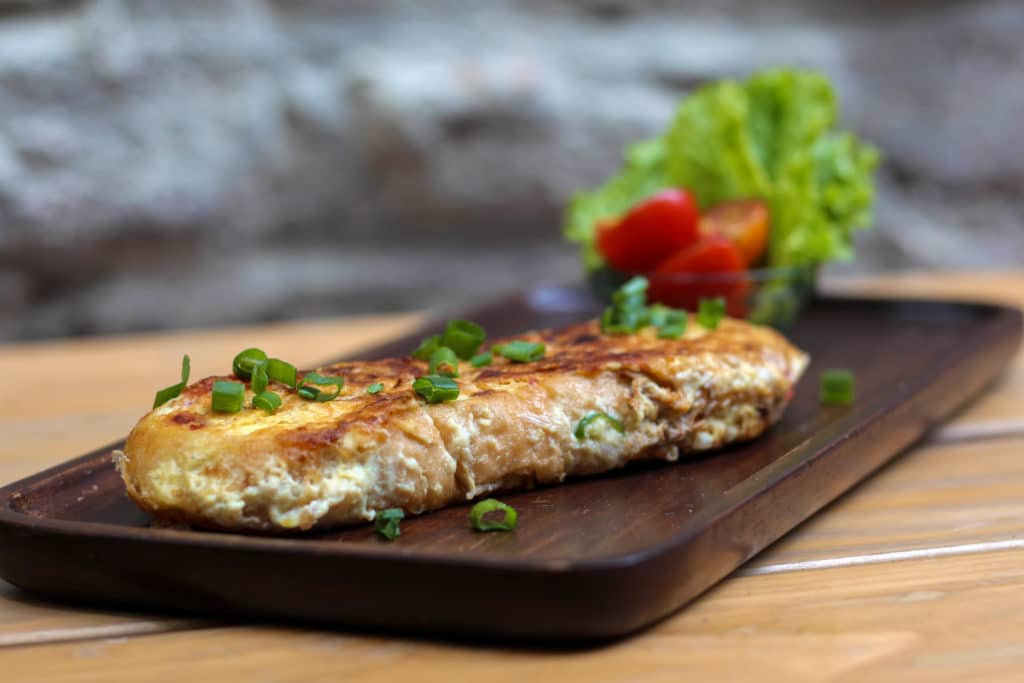
Please tell me about your online saatvik workshops if any, how is it convenient especially in these times?
You can find many simple recipe videos and engaging discussions on my social media channels and I often take up topics like how to replace milk, butter, cream and eggs in bakery and halwai. How to manipulate basic home ingredients and regional vegetables with a few tips and tricks to make mock meat at home. I don’t believe in teaching a recipe, it’s about teaching the approach to food, cooking and how it all relates to our health. Once you understand the approach, you would be able to come up with creative ways of using whatever is around you to make nutritious and delicious meals. That is Saatvik Cooking. It is most definitely relevant in times of scarcity because I was locked down at home with a limited number of ingredients while I did all my recipe videos, and hence I always talk about all the possible things you can replace if you don’t have a particular ingredient.
Saatvik cooking/ saatvik restaurants; how easy/difficult it is; what are your previous experiences with it.
It is the easiest thing to open a Saatvik Food restaurant and increasingly there has been a demand for home cooked, low salt, simply cooked food at restaurants and hotels. People want to eat light, and stay healthy. I have convinced hundreds of guests to try saatvik, vegan, regional vegetarian, temple cuisines as a change, and every single one of them was delighted. To reduce wastage and increase variety in diet, we introduced a Swasthya Menu that was designed to give variety and wholesome nutrition to a single diner. At every restaurant, I have tried to inculcate saatvik values, wherever possible.
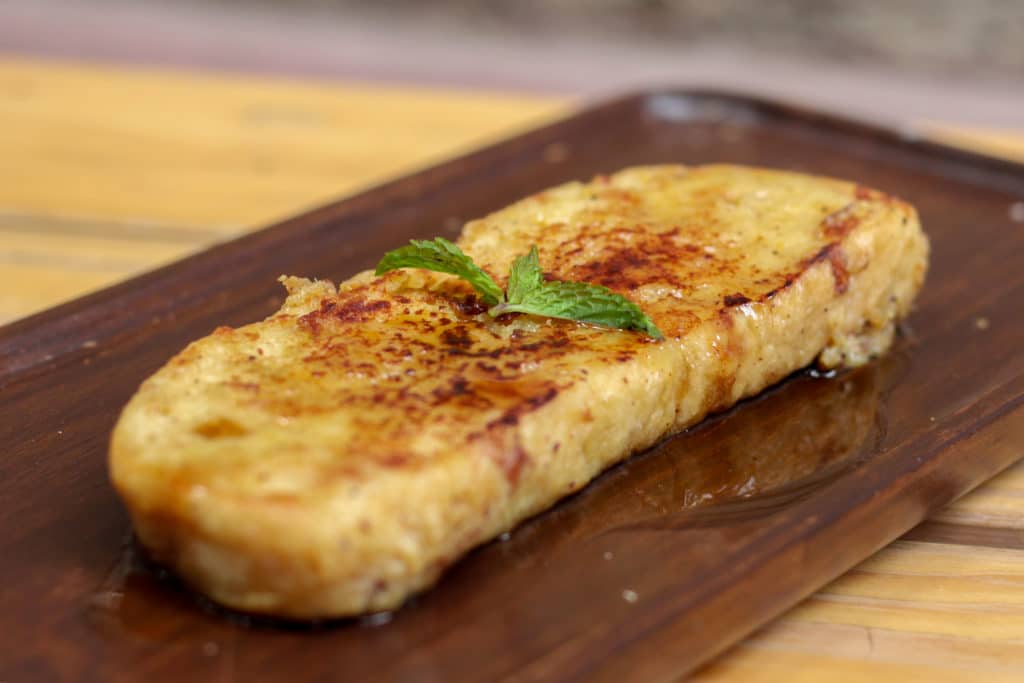
What is the secret of a good saatvik kitchen?
- Buy locally, from smaller farmers who do not use pesticides and artificial fertilizers.
- Eat only seasonal fruits and vegetables.
- Generally reduce the amount of salt, sugar and spice in every recipe.
- Have a decent pantry with a variety of spices and natural flavourings.
- Cook from the heart.
What about the suppliers, are there enough in India currently and easily
accessible?
People in India have a diet that’s largely dependent on carbohydrates and we crave taste more than protein. With more and more people becoming conscious and moving to explore options in this sector, it is a positive sign of growth. The existing mostly vegetarian population is open to trying alternative diets as long as it tastes good, is economical and convenient. With a number of vegan eateries and products popping up in the market every day, cities like Pune, Hyderabad, Goa, Mumbai, Bangalore, Kolkata, Delhi have a major role to play in supporting this trend to become a phenomenon. The educated youth from Tier 1 and 2 cities will be the ones driving the sector forward, as they are most likely to experiment and embrace a change in lifestyle.
The number of players and suppliers are increasing daily, the ones who have been around for a while have been mostly booming in their small environments, and are ready to take on India on a much larger scale. Larger brands can be easily found in a specialty store or e commerce platform in Tier 1 and 2 cities.
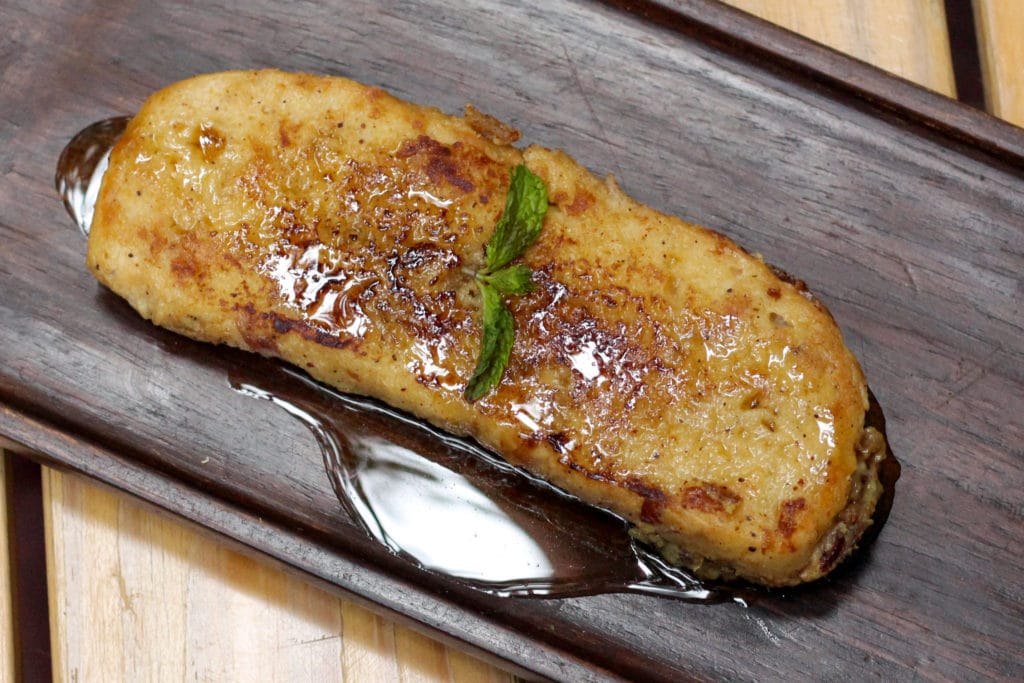
How can restaurants/ hotels/ cooks… communicate the approach of saatvik cooking/plant based cooking to others?
Hotels, restaurants, other food businesses and most importantly chefs and consumers have a major role to play in promoting and propagating the new plant based food chain and bringing it into the mainstream. As professionals we must learn to subtly reduce animal based foods consumption and move toward sustainable options in our menus. As consumers we need to demand more of such products at supermarkets, hotels and restaurants and show support for them by trying, promoting them and talking about them. We must look at farmers markets and local growers and continue to move away from highly industrialized animal agriculture practices gradually. There is a surge in the number or recipe videos, and channels that show how it’s possible to make vegan versions of conventional dishes like makhani gravy, brownie, ice cream, and even gulab jamun.
Tell us about your two most popular saatvik preparations.
Using Yam/ BreadFruit to Replace Fish- In the strict fish loving community of the Konkan region, Breadfruit/ yam grows abundantly. Using yam as the core ingredient and manipulating the dish with flavours and textures that remind the taste buds of fish, I was successful in making a group of hardcore fish lovers try it and they loved it! They said that they wouldn’t mind replacing yam for fish once a week in their diets. It’s important we get these ideas, recipes and dishes out to the communities that consume fish the most. I believe even if out of curiosity everybody tired it, they would be drawn to it again and again, effectively reducing their fish intake.
Using JackFruit to replace lamb-
Revisiting centuries old tricks of replacing plants for animal protein, the humble Jackfruit has become the super food of the future, as the world races to get more and more of this versatile fruit to make it into curries, pork replacement, lamb replacement, etc. This can be very effectively made using any non vegetarian curry recipe. The best way is to peel the fruit, remove the seeds, marinate with salt, spices and then fry/ roast before adding to gravy. Can be used for rogan josh, khurchan. Bhuna masala, etc. The possibilities are endless; we just need to know what we are looking for.
How does it help local farmers/suppliers?
Eating regional vegetables and supporting local farmers markets, organic vegetable growers empowers them to drive down the prices and compete with traditional businesses. With awareness of the use of regional ingredients and it’s use in daily diet we would be able to prevent wastage, reduce carbon footprint and reduce dependency on unsustainable systems.
Future Plans?
Currently I am working on developing and launching a wide range of plant based alternatives to eggs, chicken, tea, turmeric milk, coffee, hot chocolate, butter, etc, with plant made products. We are working very hard to get affordable, convenient plant based alternatives to the masses.
Recipe of Mac n Cheese
Ingredients
50 gms cashew
150 gms macaroni
1 cauliflower medium sized
10 cloves garlic
50 gms plant made cheese
4 gms white onion powder
4gms garlic powder
8gms tapioca starch
6gms nutritional yeast
4 gms vegetables broth powder
2 gms crushed pepper
Method:-
- Roast the cauliflower and Garlic in a pre heated oven till cooked and slightly coloured brown.
- Soak the Cashews in hot water. Boil the Macaroni in hot salted water
- Blend the dry ingredients with the cauliflower and cashews to get a paste as smooth as possible, pass it through a strainer.
- Transfer the blended sauce to a pan and cook over low med heat till most of the water evaporates and some flavour develops. Keep Stirring.
- Adjust the moisture once sauce is cooked, add macaroni and transfer to a baking dish. Top off with cubed/ grated plant made cheese.
- Roast in the oven t 200 C, till cheese has melted / slightly brown


